Content Menu
● Origins and Manufacturing Process
● Physical Properties
>> Texture and Feel:
>> Moisture Absorption:
>> Durability and Wrinkle Resistance:
● Environmental Impact
● Uses and Applications
● Care and Maintenance
● Blending with Other Fibers
● Future Trends
● Conclusion
● Related Questions and Answers
>> 1. Q: Is rayon or polyester more environmentally friendly?
>> 2. Q: Which fabric is better for summer clothing, rayon or polyester?
>> 3. Q: Can rayon and polyester be blended together?
>> 4. Q: Which fabric is more durable, rayon or polyester?
>> 5. Q: How do I care for rayon and polyester garments?
In the world of textiles, two fabrics that often come up in comparison are rayon and polyester. Both are widely used in the clothing industry, but they have distinct characteristics that set them apart. This article will delve into the differences between rayon and polyester, exploring their origins, properties, uses, and environmental impact.
Article: Is Rayon Good for Swimwear?
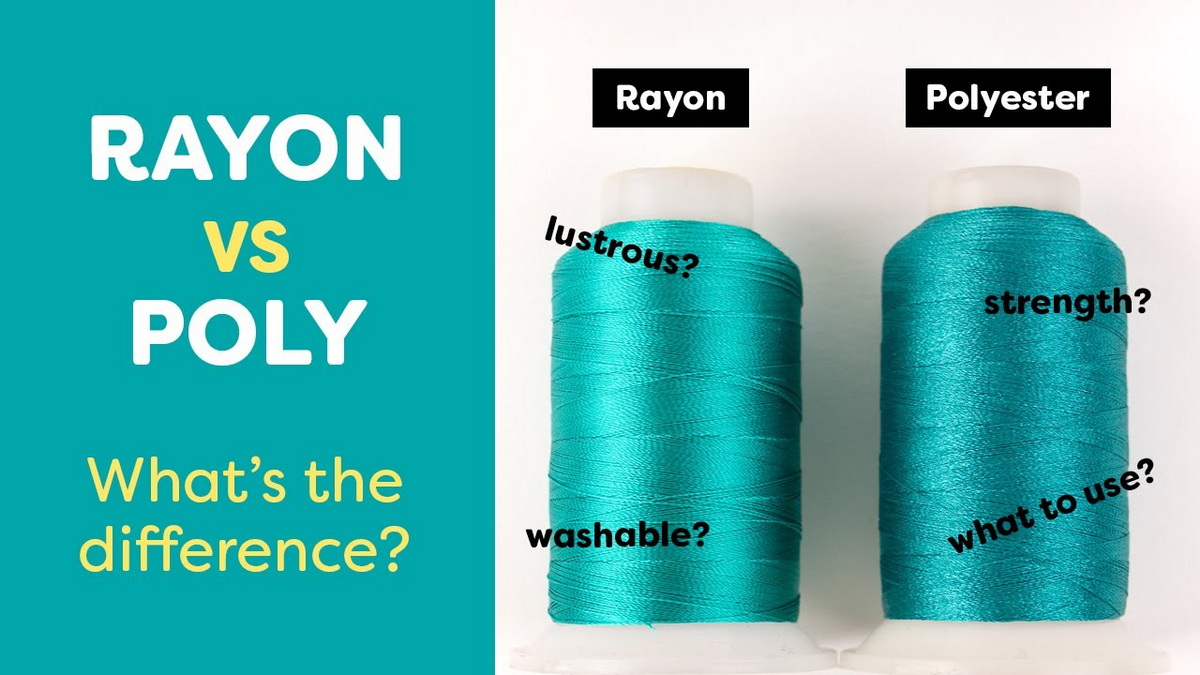
Origins and Manufacturing Process
Rayon, often referred to as artificial silk, is a semi-synthetic fiber made from natural cellulose materials, typically wood pulp or cotton linters. The manufacturing process of rayon involves dissolving cellulose in a chemical solution, which is then extruded through tiny holes into a coagulating bath, where it solidifies into fibers. This process, known as regeneration, gives rayon its unique properties.
On the other hand, polyester is a fully synthetic fiber made from petroleum-based products. The production of polyester involves a chemical reaction between an acid and alcohol, which creates long chains of polymers. These polymers are then melted and extruded into fibers, which are cooled and stretched to increase their strength and flexibility.
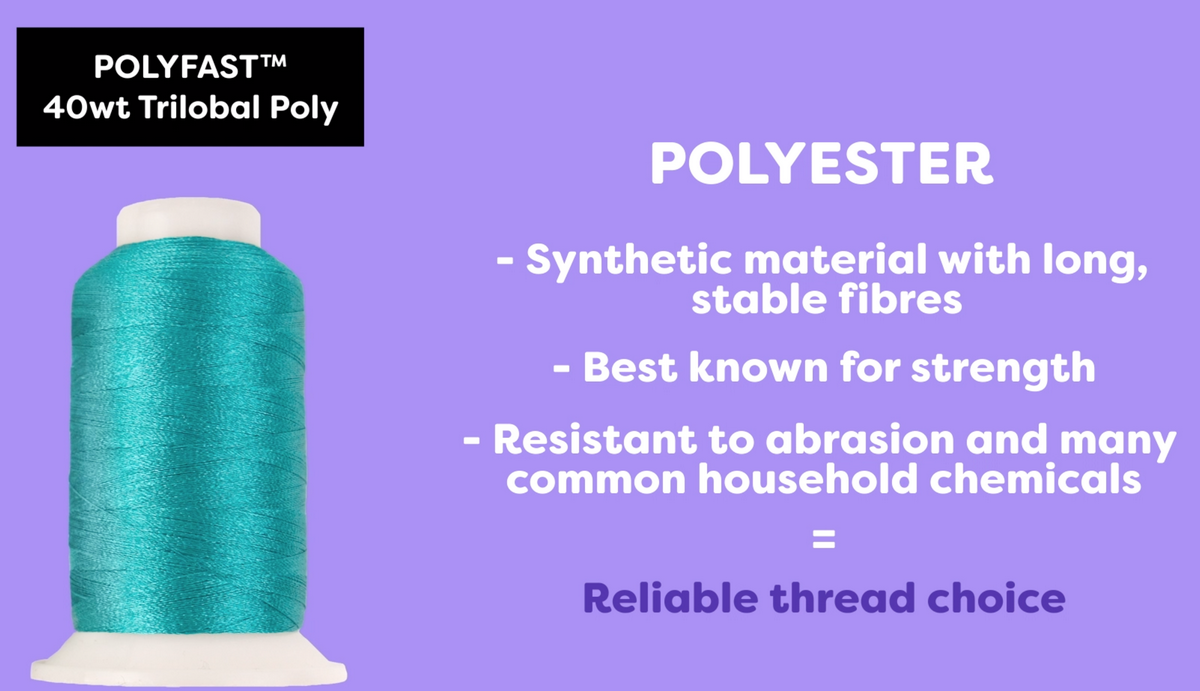
Physical Properties
The physical properties of rayon and polyester differ significantly, which affects their performance and suitability for various applications.
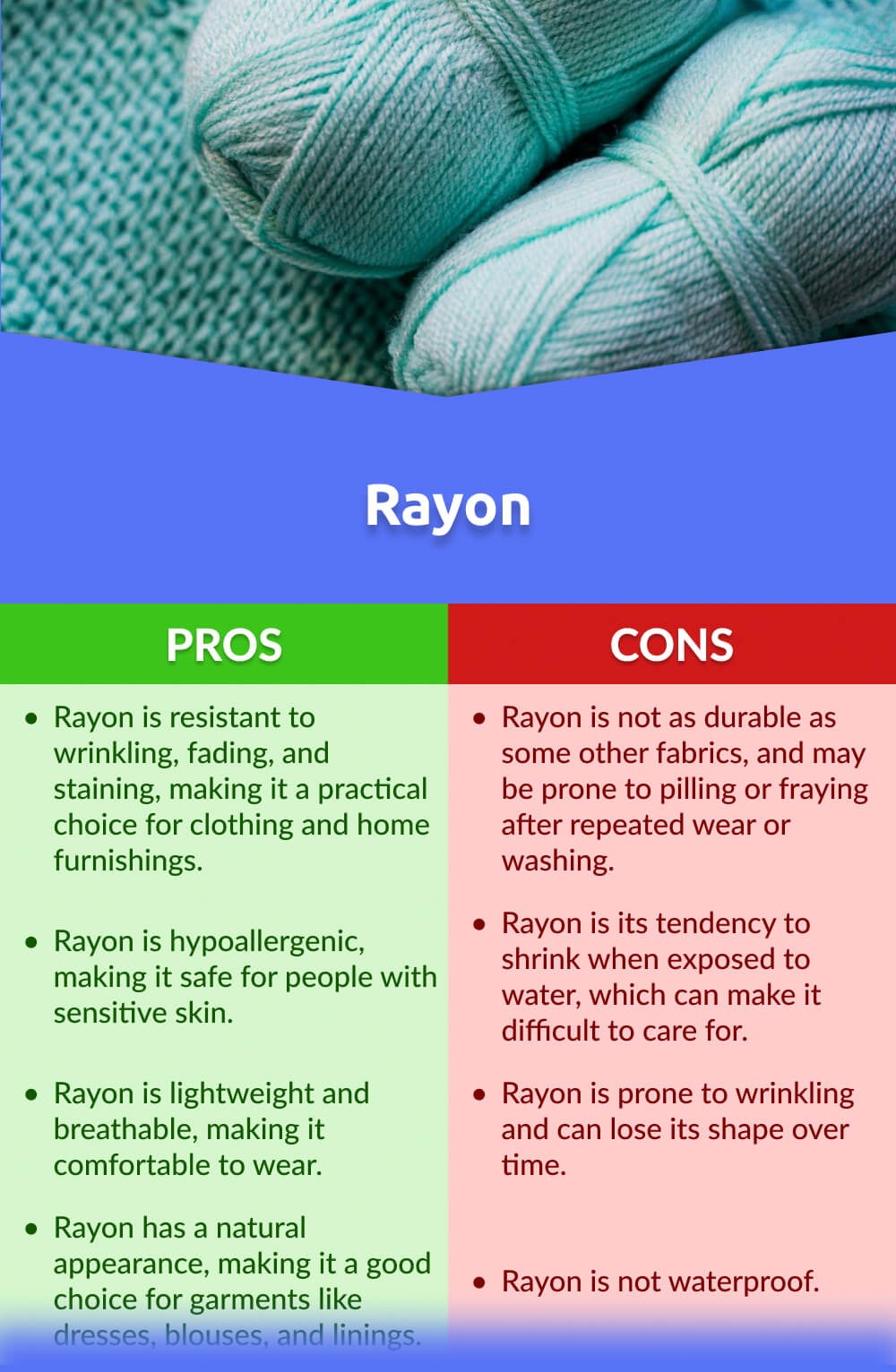
Texture and Feel:
Rayon is known for its soft, silky texture that drapes beautifully on the body. It has a luxurious feel that closely mimics natural fibers like silk or cotton. This makes rayon a popular choice for clothing that requires a flowing, elegant appearance.
Polyester, in contrast, has a slightly rougher texture and a more synthetic feel. However, modern manufacturing techniques have greatly improved polyester's texture, making it softer and more comfortable than its earlier versions.
Moisture Absorption:
One of the most significant differences between rayon and polyester lies in their moisture-absorbing properties. Rayon is highly absorbent, capable of holding up to 13 times its weight in water. This makes it excellent for warm weather clothing, as it can wick moisture away from the skin, keeping the wearer cool and comfortable.
Polyester, on the other hand, is hydrophobic, meaning it repels water. While this property makes polyester quick-drying and resistant to water-based stains, it can be less comfortable in hot, humid conditions as it doesn't absorb sweat effectively.
Durability and Wrinkle Resistance:
When it comes to durability, polyester takes the lead. It's a strong fiber that resists wear and tear, maintains its shape well, and is less prone to shrinking or stretching. Polyester is also highly wrinkle-resistant, making it a popular choice for travel clothing and easy-care garments.
Rayon, while not as durable as polyester, still offers reasonable strength. However, it's more prone to wrinkling and may require more careful handling during washing and drying to maintain its shape and appearance.
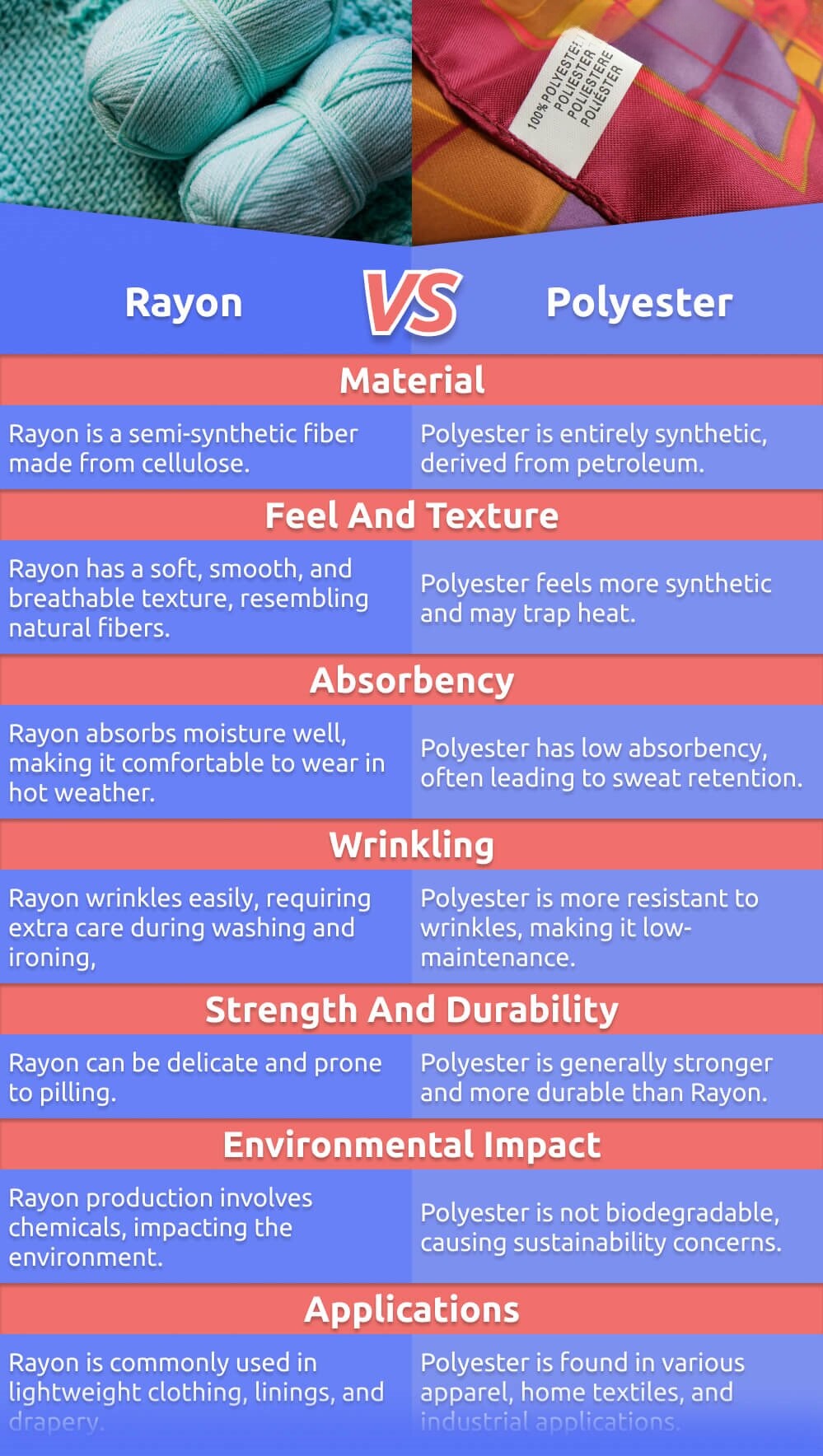
Environmental Impact
The environmental impact of these two fabrics is a growing concern in the textile industry.
Rayon, being derived from natural cellulose, is biodegradable. However, the chemical processes used in its production can be harmful to the environment if not properly managed. Some forms of rayon, like viscose, have been associated with deforestation, as they require wood pulp as a raw material.
Polyester, as a synthetic fiber made from petroleum products, is not biodegradable and can take hundreds of years to decompose. However, recent advancements have led to the development of recycled polyester, which helps reduce plastic waste and the demand for new petroleum-based materials.
Uses and Applications
Both rayon and polyester find extensive use in the fashion and textile industries, but their unique properties make them suitable for different applications.
Rayon is commonly used in:
1. Lightweight summer clothing
2. Dresses and blouses that require a soft, flowing drape
3. Intimate apparel
4. Bed linens and upholstery fabrics
Polyester is often found in:
1. Sportswear and activewear
2. Durable outerwear
3. Uniforms and workwear
4. Home furnishings and outdoor fabrics
Here's a video that provides a detailed comparison between rayon and polyester:
![Rayon vs Polyester: A Detailed Comparison!]
[Watch the video here](https://www.youtube.com/watch?v=CJoaMNkW5CE)
Care and Maintenance
The care requirements for rayon and polyester differ due to their distinct properties.
Rayon typically requires more delicate care. It's often recommended to hand wash rayon garments or use a gentle cycle in cold water. Rayon can shrink or lose its shape if exposed to high heat, so air drying is usually preferred. Some types of rayon may also require dry cleaning.
Polyester, being more durable and resistant to wrinkles, is generally easier to care for. It can usually be machine washed and dried without special precautions. Polyester's resistance to shrinking and its quick-drying properties make it a low-maintenance fabric choice.
Blending with Other Fibers
Both rayon and polyester are often blended with other fibers to create fabrics with enhanced properties.
Rayon blends well with natural fibers like cotton or wool, adding softness and drape while improving moisture absorption. These blends can offer the best of both worlds – the comfort of natural fibers with the easy care of synthetics.
Polyester is frequently blended with cotton to create fabrics that are durable, wrinkle-resistant, and more breathable than pure polyester. These poly-cotton blends are popular in everyday clothing and bedding.
Future Trends
As the textile industry continues to evolve, both rayon and polyester are seeing innovations that address some of their limitations.
For rayon, sustainable production methods are being developed to reduce its environmental impact. Lyocell, a type of rayon made from wood pulp using a closed-loop process, is gaining popularity as a more eco-friendly alternative.
In the polyester realm, recycled polyester made from post-consumer plastic bottles is becoming increasingly common. Additionally, research is ongoing to develop biodegradable polyester that could address the fabric's end-of-life environmental concerns.
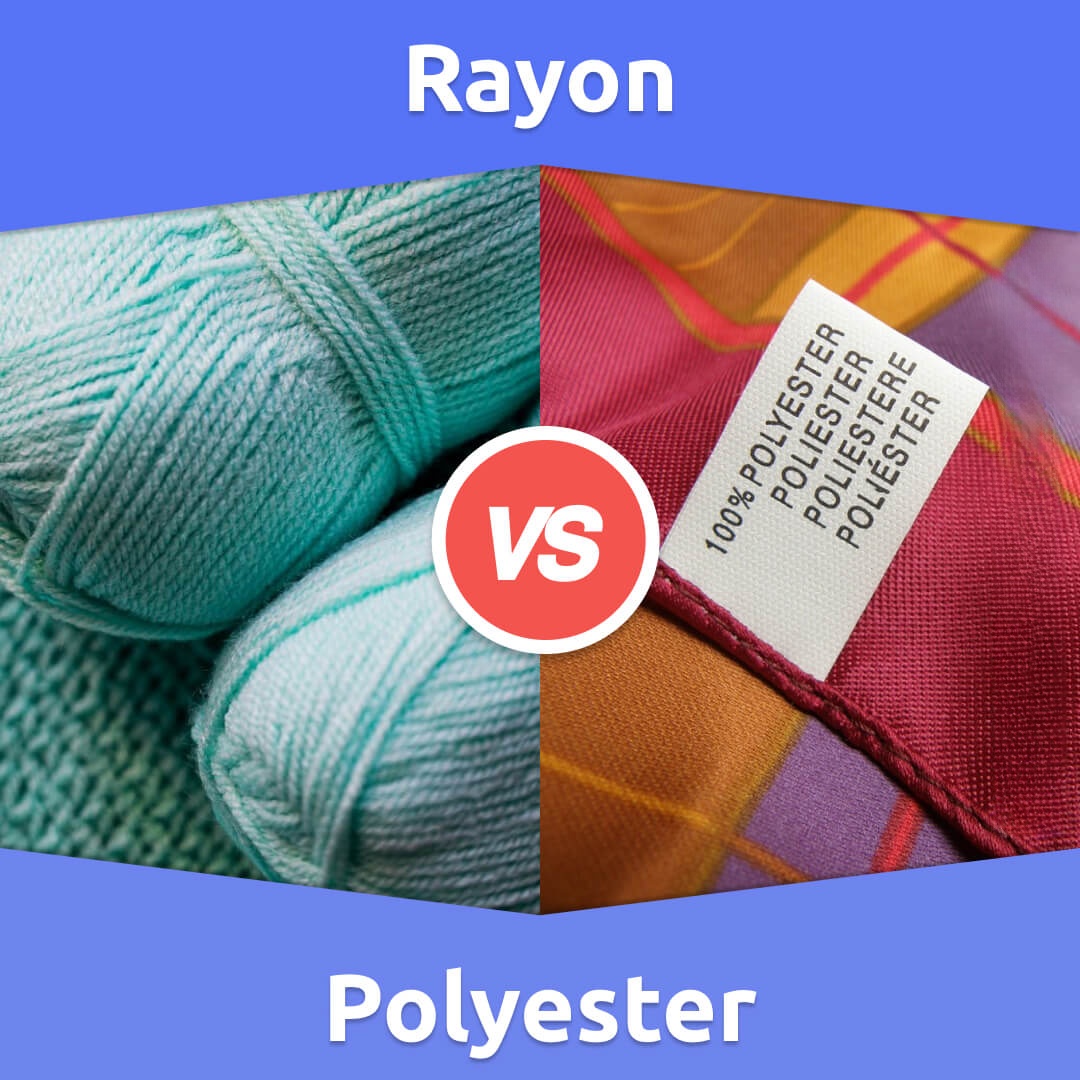
Conclusion
In conclusion, rayon and polyester each have their unique strengths and weaknesses. Rayon offers softness, breathability, and excellent draping qualities, making it ideal for comfortable, elegant clothing. Polyester provides durability, wrinkle resistance, and easy care, making it perfect for sportswear and low-maintenance garments.
The choice between rayon and polyester often comes down to the specific requirements of the end product. Factors such as desired texture, performance needs, care requirements, and environmental considerations all play a role in determining which fabric is most suitable.
As consumers become more conscious of the environmental impact of their clothing choices, both rayon and polyester are likely to see continued innovation. The future of these fabrics lies in sustainable production methods, improved performance, and enhanced comfort, ensuring they remain staples in the textile industry for years to come.
Related Questions and Answers
1. Q: Is rayon or polyester more environmentally friendly?
A: This is a complex question. Rayon is biodegradable, which is an advantage, but its production can involve harmful chemicals and contribute to deforestation. Polyester is not biodegradable, but it's durable and can be recycled. Recent innovations in both fabrics are improving their environmental profiles.
2. Q: Which fabric is better for summer clothing, rayon or polyester?
A: Rayon is generally better for summer clothing due to its breathability and moisture-absorbing properties. It allows air to circulate and wicks sweat away from the skin, keeping you cooler. However, some modern polyester fabrics designed for activewear can also perform well in hot weather.
3. Q: Can rayon and polyester be blended together?
A: Yes, rayon and polyester can be blended together. This combination can create a fabric that combines the softness and drape of rayon with the durability and easy care of polyester. Such blends are often used in clothing that requires both comfort and practicality.
4. Q: Which fabric is more durable, rayon or polyester?
A: Polyester is generally more durable than rayon. It resists wear and tear better, maintains its shape well, and is less likely to shrink or stretch. Rayon, while reasonably strong, is more delicate and may require more careful handling to maintain its quality over time.
5. Q: How do I care for rayon and polyester garments?
A: Rayon typically requires more careful handling. It's often best to hand wash or use a gentle machine cycle with cold water, and air dry to prevent shrinkage. Polyester is more robust and can usually be machine washed and dried without special precautions. Always check the care label on your garments for specific instructions.




































































